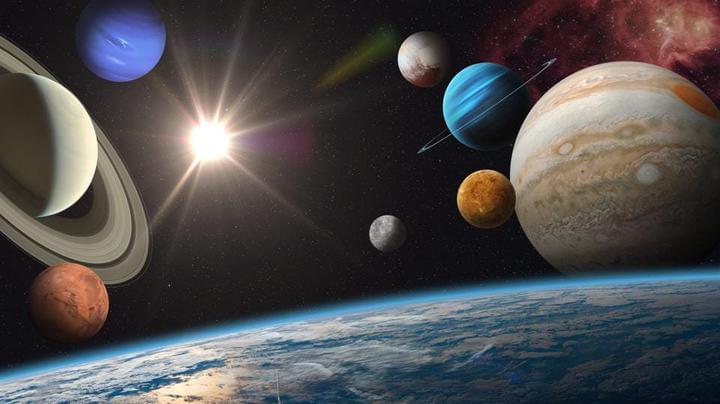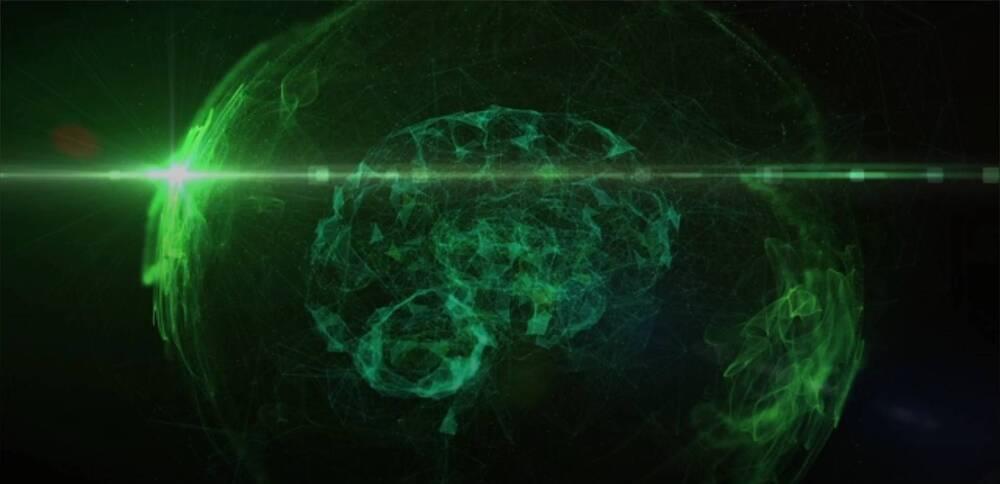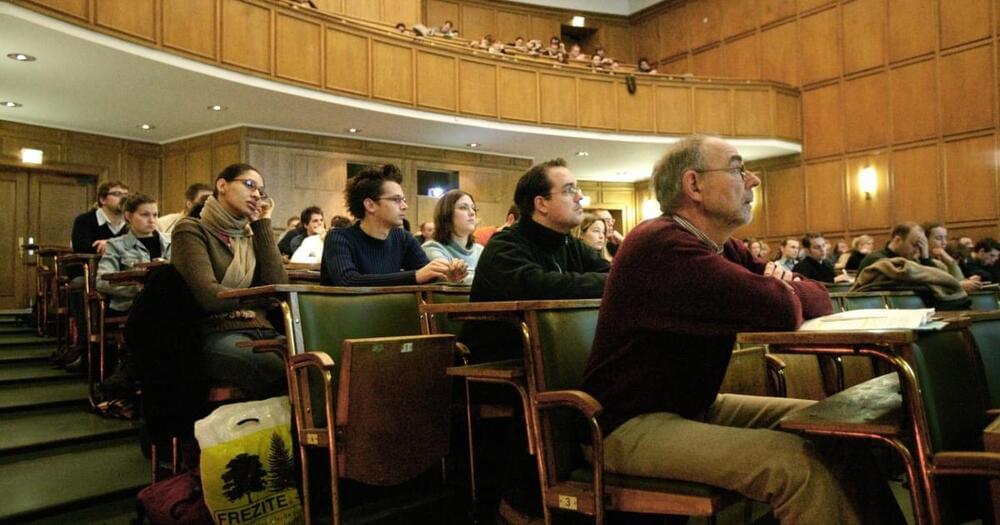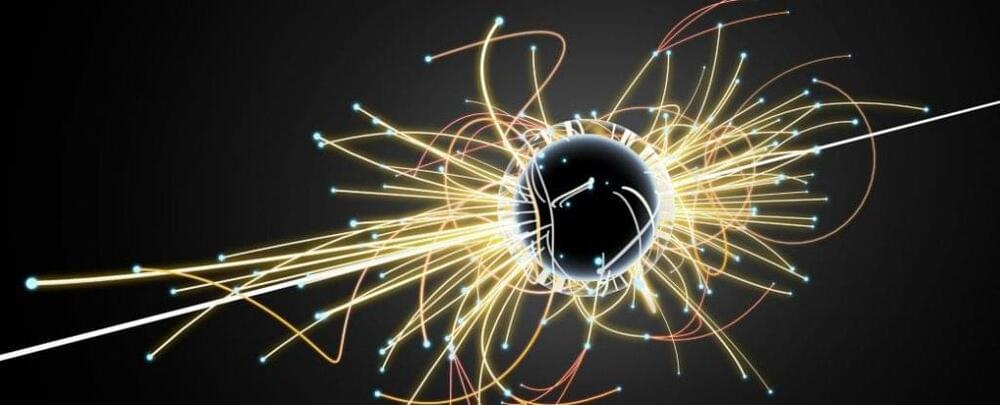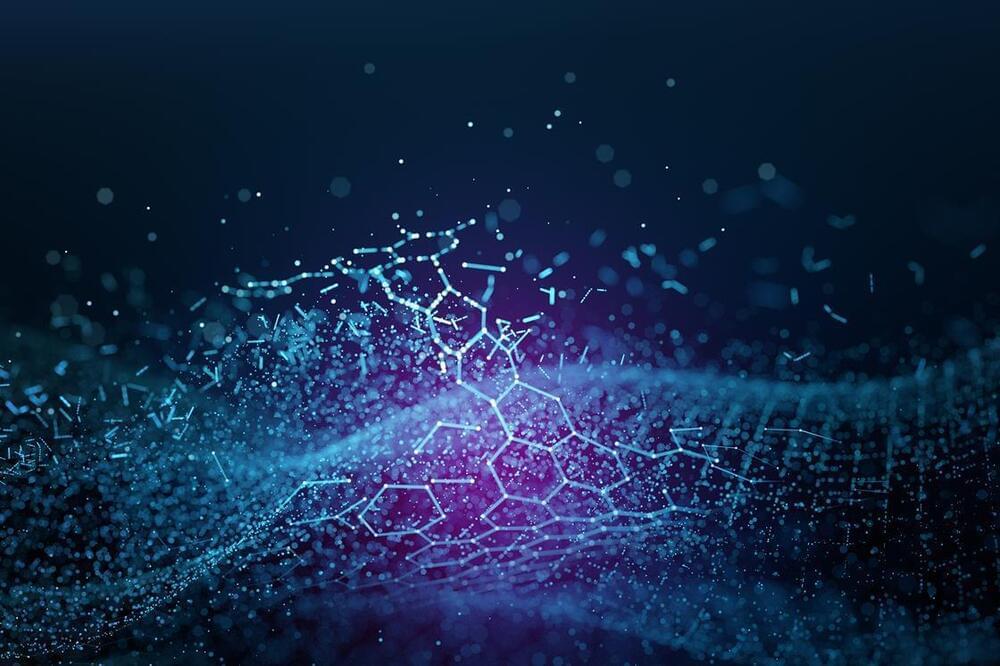A new program can streamline the process of creating, launching and analysing computational chemistry experiments. This piece of software, called AQME, is distributed for free under an open source licence, and could contribute to making calculations more efficient, as well as accelerating automated analyses.
‘We estimate time savings of around 70% in routine computational chemistry protocols,’ explains lead author Juan Vicente Alegre Requena, at the Institute of Chemical Synthesis and Homogeneous Catalysis (ISQCH) in Zaragoza, Spain. ‘In modern molecular simulations, studying a single reaction usually involves more than 500 calculations,’ he explains. ‘Generating all the input files, launching the calculations and analysing the results requires an extraordinary amount of time, especially when unexpected errors appear.’
Therefore, Alegre and his colleagues decided to code a piece of software to skip several steps and streamline calculations. Among other advantages, AQME works with simple inputs, instead of the optimised 3D chemical structures usually required by other solutions. ‘It’s exceptionally easy,’ says Alegre. ‘AQME is installed in a couple of minutes, then the only indispensable input is as a simple Smiles string.’ Smiles is a system developed by chemist and coder Dave Weininger in the late 1980s, which converts complex chemical structures into a succession of letters and numbers that is machine readable. This cross-compatibility could allow integration with chemical databases and machine-learning solutions, most of which include datasets in Smiles format, explains Alegre.

